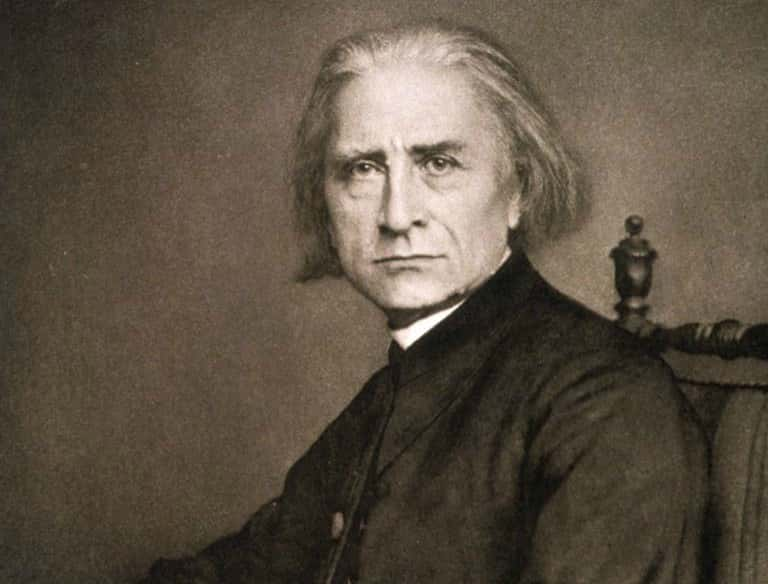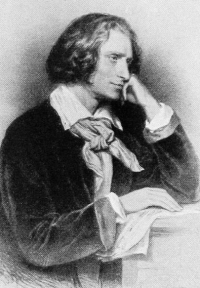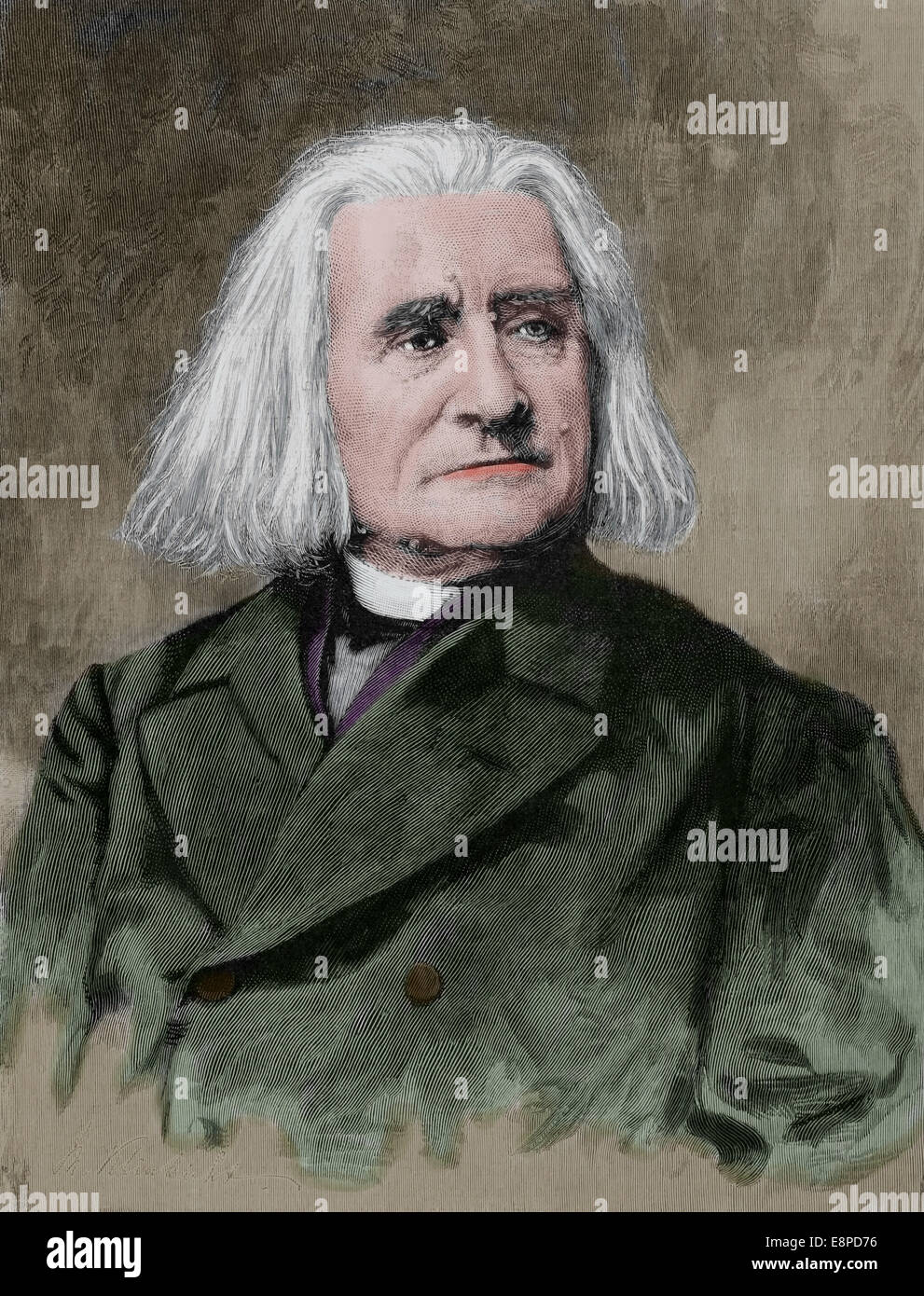

His physical movements and facial expressions were crucial to this effect. Nevertheless, Liszt made his greatest impression by invoking an expressive world, encompassing everything from agony to ecstasy. His performances were based, in part, on dazzling showmanship and stunning displays of technical prowess. He was the first to offer piano ‘recitals’, that is, concerts in a large hall featuring only solo piano. By 1839 the relationship had soured, and Liszt began travelling alone on a performing tour that would eventually last eight years. These so-called ‘Years of Pilgrimage’ allowed him to see Europe, to secure his leading reputation as a pianist and to spend more time composing. In 1835 Liszt left Paris for Switzerland with the Countess Marie d’Agoult, by whom he fathered three children. His quest was aided by the improved capabilities of the Érard pianos that he now played. Paganini’s example inspired Liszt to push piano technique through previously unimagined difficulties and intricacies to attain new brilliance and sonorities. The most decisive influence, however, came from the violinist Nicolò Paganini, who conveyed cathartic expression through his extraordinary technical skills and magnetic stage manner.

He was personally acquainted with Hector Berlioz, Frédéric Chopin, Victor Hugo, Honoré de Balzac, Eugène Delacroix and many others. By his early 20s Liszt was surrounded by the leading lights of Romanticism. One of his pupils was Caroline de Saint-Cricq, the first of many women with whom he fell in love. Nevertheless, he needed to give piano lessons to survive. He had already contemplated a religious life, and thoughts of death now brought these ideas into focus. His father’s sudden death when Liszt was still only 15 affected him deeply. He was refused entry to the Conservatoire but continued to give concerts and to tour. When Liszt was not quite 12, he and his father moved to Paris. Stories soon circulated about the special aura that he had when performing. Liszt gained a thorough grounding in piano technique, memorisation and sight-reading, skills for which he would later become legendary. A year later he moved to Vienna and studied feverishly for 14 months under the composer, pianist and former Beethoven pupil, Carl Czerny. Liszt showed early promise and made his concerto debut at the age of nine. Few other musicians have led such complex lives, earned such spectacular and contradictory reputations, or left such an influential body of work. His musical output ranged from dazzling showpieces to experimental works that continue to challenge audiences. And he was a kind and generous man whose air of urbanity caused many to distrust him. He was a spellbinding virtuoso who harboured serious musical ambitions. Freiligrath's poem for the third nocturne is about unconditional mature love ("Love as long as you can!", " O lieb, so lang du lieben kannst").Franz Liszt was a charismatic showman with a deeply spiritual personality. The second song " Seliger Tod" (blessed death) is often known by its first line (" Gestorben war ich", "I had died"), and evokes erotic love ("I was dead from love's bliss I lay buried in her arms I was wakened by her kisses I saw heaven in her eyes"). Uhland's " Hohe Liebe" (exalted love) is saintly or religious love: the "martyr" renounces worldly love and "heaven has opened its gates". The two poems by Uhland and the one by Freiligrath depict three different forms of love. In 1850, two versions appeared simultaneously as a set of songs for high voice and piano, and as transcriptions for piano two-hands. Originally the three Liebesträume were conceived as lieder after poems by Ludwig Uhland and Ferdinand Freiligrath. Liebesträume (German for Dreams of Love) is a set of three solo piano works (S.541/R.211) by Franz Liszt, published in 1850. ( Learn how and when to remove this template message)


Please help improve this article by adding citations to reliable sources. This article needs additional citations for verification.


 0 kommentar(er)
0 kommentar(er)
